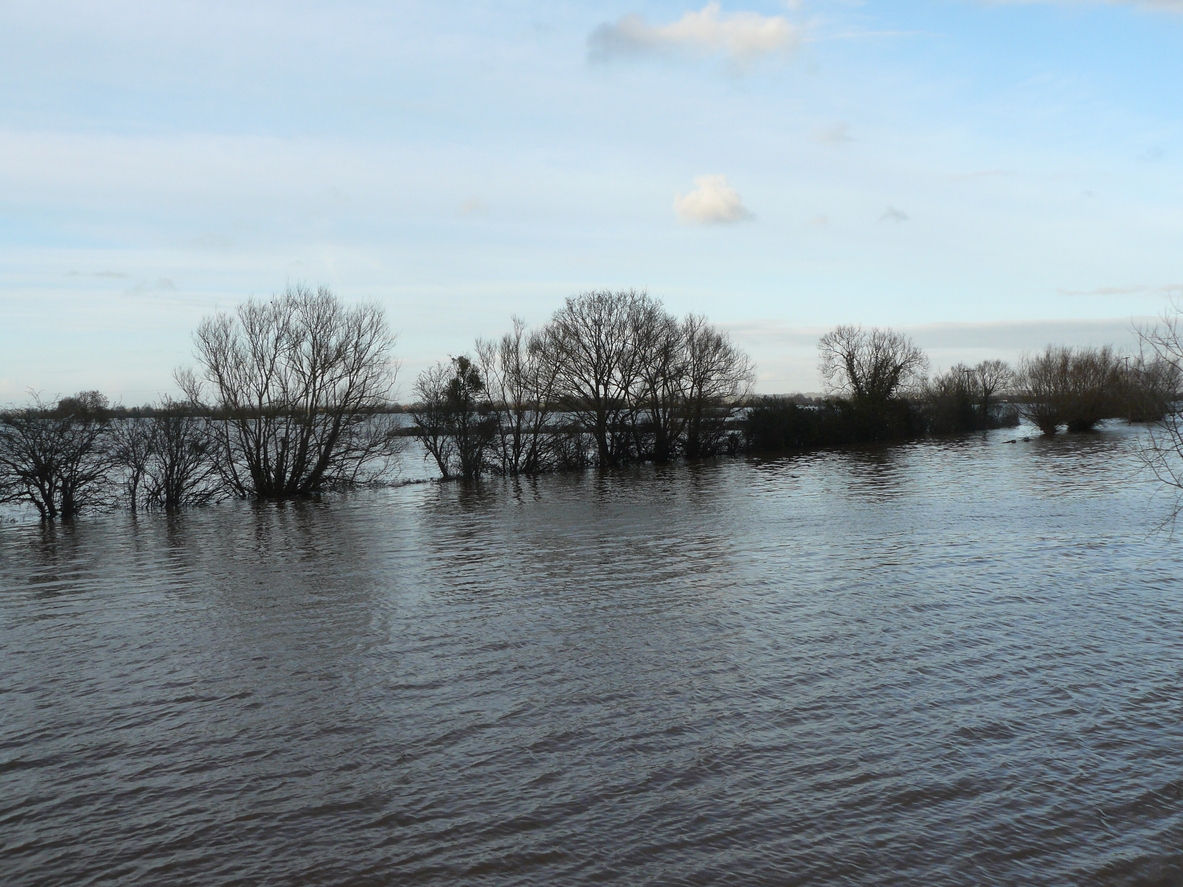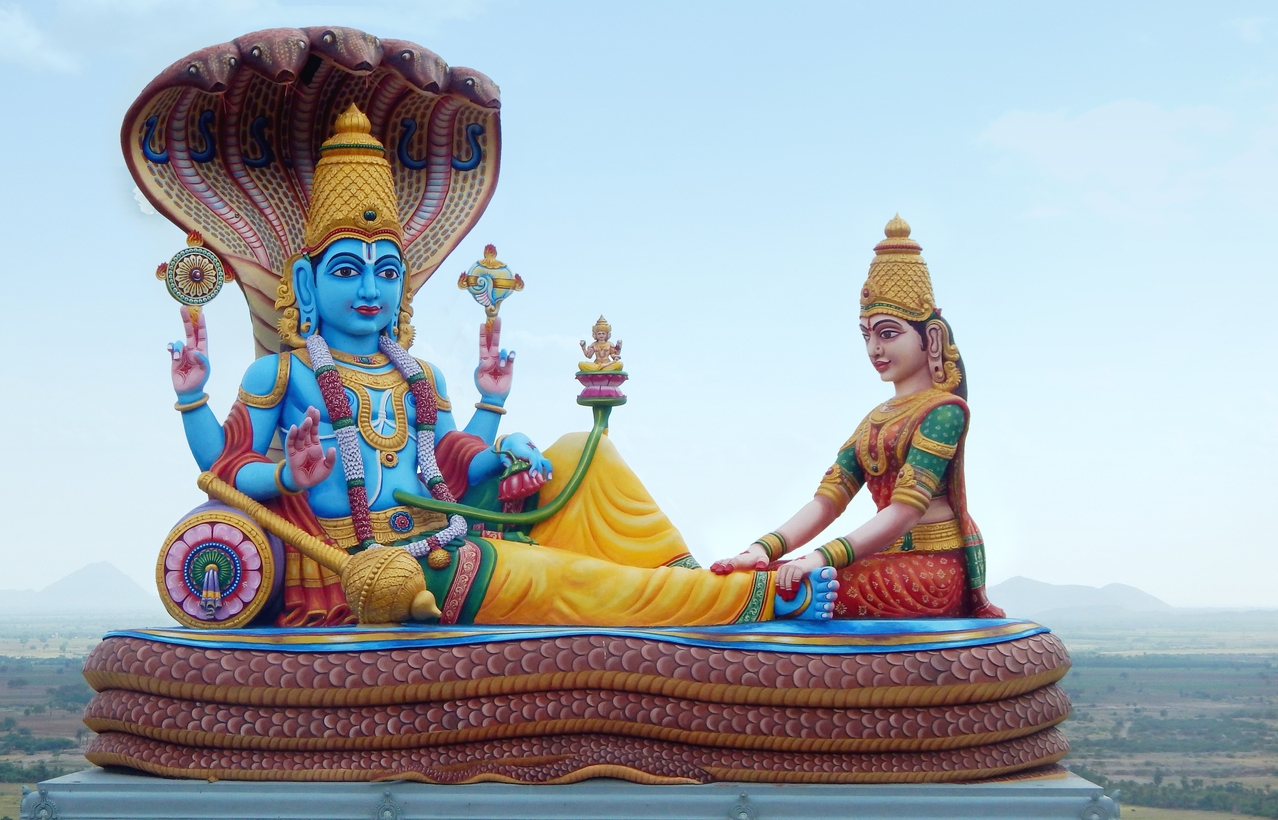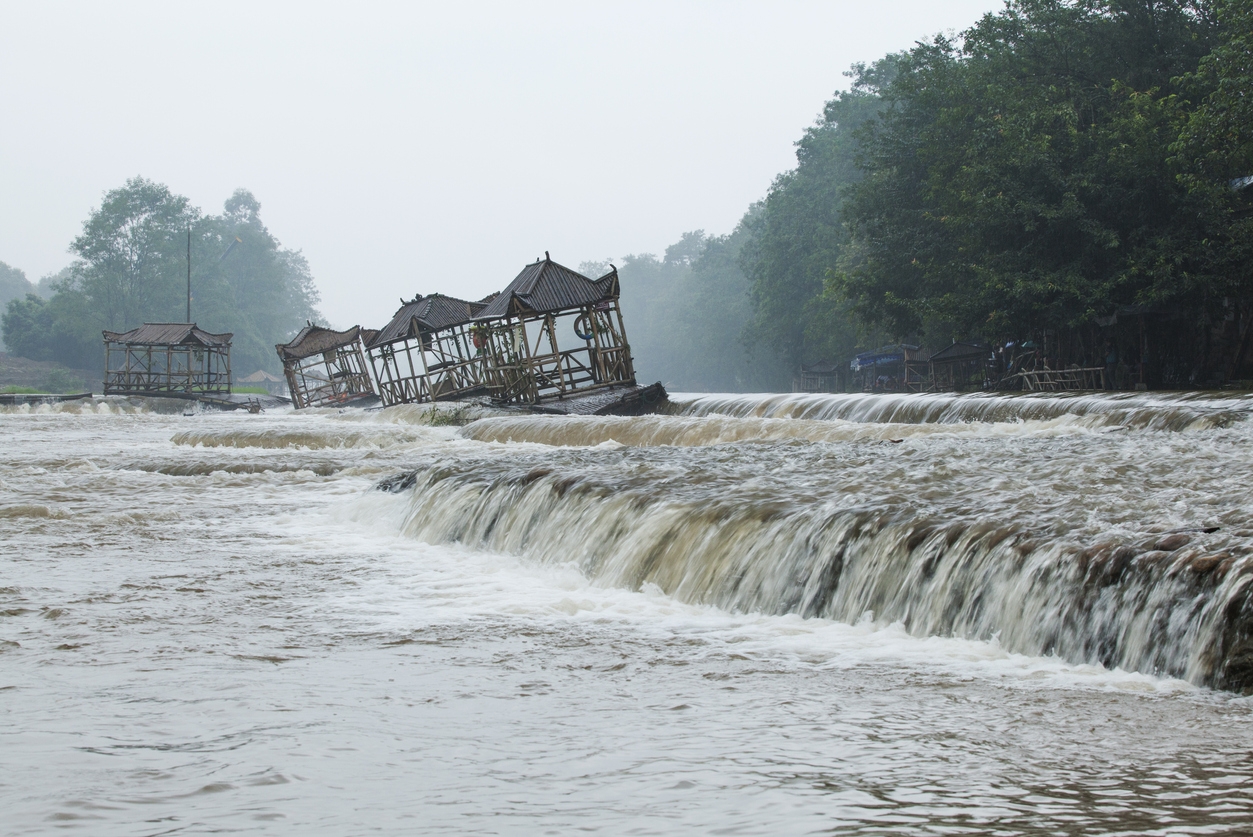In the realm of ancient tales and narratives, flood myths hold a distinct place, echoing across civilizations and epochs. These accounts of cataclysmic deluges have transcended cultural boundaries, leaving an indelible mark on the collective consciousness of humanity.
This blog post delves into the world of flood myths, exploring their profound significance in various cultures worldwide. It serves as a testament to the rich tapestry of human imagination, reflecting the diversity of narratives that have emerged throughout history. In examining these myths, we uncover not only the common thread of a great flood but also the unique cultural nuances that enrich each story.
The Universal Theme of Cataclysmic Deluges
The prevalence of catastrophic floods in myths across the globe is a phenomenon that demands our attention. This section aims to shed light on the commonalities found in these narratives while exploring the reasons behind this recurring motif in diverse cultures. [1]
Common Theme of Catastrophic Floods
It is striking how various cultures, separated by geography and time, have woven similar tales of overwhelming floods into their mythologies. These stories often feature a cataclysmic event where water engulfs the world, leading to the re-creation of life. While the details may vary, the underlying theme of a great deluge is remarkably consistent.
| Theme | Description |
| Cataclysmic Deluge | Flood myths universally depict massive, devastating floods. |
| Survival and Renewal | Central to these stories is the theme of survival and the subsequent renewal of life on Earth. |
| Divine Intervention | Many flood myths involve divine figures who play a pivotal role in initiating or halting the deluge. |
Reasons for the Recurrence
There are many suggestions that are taken up as reasons for explaining the recurrence of floods throughout human history. Below we have rounded up a few.
Symbolism and Renewal
Flood myths often symbolize the cleansing and renewal of the world, reflecting the cyclical nature of life and death. [2] The inundation and subsequent receding waters signify a fresh start, akin to a rebirth.
Environmental Significance
Many flood myths are believed to have emerged from the collective memory of ancient peoples who experienced actual, devastating floods. These myths served as a way to explain natural disasters and their impact on society. [3]
Moral and Spiritual Lessons
Flood narratives often convey moral or spiritual lessons. They highlight themes of purification, redemption, and the consequences of human actions. [4] These stories aim to teach values and ethics to their respective cultures.
Cultural Resonance
Flood myths can be seen as a reflection of cultural and societal concerns. The fear of destruction and the longing for renewal are universal human experiences, and flood myths express these concerns in a symbolic manner.
Transmitting Knowledge
These stories served as a means of passing down knowledge and preserving cultural heritage. They were a way to convey historical and ethical lessons to younger generations.
The recurring motif of catastrophic floods in myths is a testament to the enduring power of storytelling to convey profound messages and explain the mysteries of the world. It is a theme that transcends time and place, revealing the common threads that bind humanity together.
While the concept of the cataclysmic deluge is shared among flood myths, the individual narratives offer unique insights into the cultures that conceived them. The next sections will delve into specific examples of these narratives, shedding light on their distinct characteristics.
Ancient Mesopotamia: The Epic of Gilgamesh
One of the earliest recorded flood myths hails from the Ancient region of Mesopotamia and is preserved in the “Epic of Gilgamesh.” [5] This tale recounts a monumental flood sent by the gods, which parallels similar narratives in other cultures while bearing distinct characteristics.
The Flood Myth in the Epic of Gilgamesh
In the heart of this epic, a vivid flood myth unfolds. The gods, displeased with humanity’s clamor and chaos, decide to unleash a cataclysmic flood to cleanse the world. In secret, they conspire to drown humanity, with only one individual, Utnapishtim, privy to their plan.
Utnapishtim, warned by the god Ea, sets out to build a colossal ark, similar to the instructions given to Noah in the biblical account. He carefully gathers the seeds of all living creatures and assembles a small group of craftsmen, who assist in constructing the vessel.
As the floodwaters surge, devastation reigns, echoing the chaos and terror of a world submerged. For seven days and seven nights, the deluge rages, sparing nothing in its path.
When the flood subsides, the land is transformed, and the ark comes to rest atop a mountain. Utnapishtim, his wife, and the craftsmen become the sole survivors of the catastrophe, paralleling the story of Noah and his family in the Bible. [6]
Similarities and Differences with Other Flood Narratives
Comparing the Epic of Gilgamesh with other flood narratives reveals both commonalities and distinctions. The central theme of a devastating flood and the necessity of an ark for salvation is shared with stories like the biblical Noah’s Ark and the Hindu tale of Manu. However, variations emerge in the details and cultural nuances.
Similarities with the Great Flood
| Aspect | Description |
| The Ark | A notable resemblance is the construction of an ark or boat to rescue people and animals. This parallels the biblical account of Noah’s Ark. |
| Divine Warning | In both stories, a divine warning precedes the flood, emphasizing the concept of divine intervention. |
| Survival of a Chosen Few | Just as Noah and his family survive in the biblical narrative, Utnapishtim and his companions endure the Mesopotamian flood. |
Differences With the Great Flood
| Aspect | Description |
| Godly Motivation | In the Epic of Gilgamesh, the gods send the flood to reduce human overpopulation, while in the Bible, it’s a response to human wickedness. |
| Duration of Flood | In Gilgamesh, it lasts seven days, whereas in the Bible, it continues for forty days and nights. |
| Moral Lessons | The biblical story centers on righteousness and obedience to God, while the Mesopotamian myth underscores humility before divine authority. |
The Biblical Flood: Noah’s Ark
In the sacred pages of the Book of Genesis, we encounter the well-known biblical flood story – the saga of Noah’s Ark. This account, passed down through generations, holds immense significance not only within the realm of faith but also as a tale that has reverberated across the globe.
The Biblical Flood Story from the Book of Genesis
According to the Book of Genesis, God, grieved by the wickedness and corruption of humanity, decides to send a catastrophic flood to cleanse the Earth. He chooses Noah, a righteous man, to build an ark and save his family and pairs of all the Earth’s creatures. Rain falls for forty days and nights, submerging the world. After the waters recede, God places a rainbow in the sky as a sign of His covenant to never again flood the Earth. [7]
Global Impact and Cultural Significance
The story of Noah’s Ark has transcended religious boundaries and permeated global culture. Its impact can be observed in various ways:
Religious Influence
The biblical flood narrative is a cornerstone of Judeo-Christian belief systems. It symbolizes divine justice, salvation, and the importance of righteous living.
Cultural Symbolism
The image of the Ark, the rainbow, and the flood have become universal symbols. The Ark, in particular, symbolizes refuge, hope, and salvation.
Artistic and Literary Expression
Throughout history, countless artists, writers, and musicians have drawn inspiration from Noah’s Ark. It has been depicted in paintings, sculptures, and literary works.
Moral and Ethical Lessons
The story imparts lessons about obedience to divine commands, moral conduct, and the consequences of wrongdoing.
Noah’s Ark is not only a central narrative in religious traditions but also a story that has shaped the collective consciousness of humanity. Its global impact and cultural significance continue to be felt today, making it a testament to the enduring power of ancient tales.
Hinduism: The Story of Manu and Matsya Avatar
Within the vast tapestry of Hindu mythology, we find the ancient flood myth of Manu and the Matsya avatar. This narrative, deeply rooted in Hindu scripture, imparts profound moral and spiritual teachings while recounting a cataclysmic deluge.
The Hindu Flood Myth
In Hinduism, the story of Manu and the Matsya avatar is narrated in the Matsya Purana and the Bhagavata Purana. [8] According to this myth, a catastrophic flood, called “Pralaya,” is unleashed by Lord Vishnu, the preserver of the universe. To save humanity and the world’s diverse creatures, Lord Vishnu incarnates as Matsya, a fish, and guides the righteous sage Manu.
Manu is instructed to build a massive boat, which is soon filled with all manner of living beings, including animals and plants. As the floodwaters surge, the Matsya avatar pulls the boat to safety and ensures the survival of life.
Moral and Spiritual Lessons Embedded in This Narrative
This narrative has many moral and spiritual lessons embedded in it.
Divine Protection
The story underscores the belief that when the world faces peril, divinity intervenes to protect the righteous. It emphasizes the importance of faith in the divine’s protective power.
Environmental Stewardship
The inclusion of animals and plants on the boat highlights the interconnectedness of all life forms. This myth promotes the idea of environmental stewardship and the need to preserve biodiversity.
Moral Virtues
Manu’s unwavering faith, righteousness, and obedience to divine guidance serve as exemplary qualities. The narrative encourages adherents to uphold moral virtues and live a life of dharma (righteousness).
Cyclic Nature of Creation
The Matsya avatar myth conveys the cyclical nature of creation, destruction, and renewal in the Hindu cosmology. It emphasizes the eternal cycles of existence.
The story of Manu and Matsya Avatar is a profound testament to Hindu spiritual beliefs. It illustrates how ancient myths continue to offer spiritual guidance and insight into the intricate fabric of Hinduism.
Chinese Mythology: The Legend of Gun-Yu
Within the rich tapestry of Chinese mythology lies the compelling flood myth of Gun-Yu, which centers on the Great Yu. This narrative, deeply ingrained in Chinese culture and history, bears significance in both mythological and historical contexts.
The Chinese Flood Myth of Gun-Yu and the Great Yu
The myth of Gun-Yu and the Great Yu is recounted in Chinese texts, including the “Classic of Mountains and Seas.” [9] According to this narrative, Gun, a legendary figure, was tasked with mitigating a disastrous flood that plagued ancient China. Gun’s son, Yu, undertook the immense challenge of controlling the floodwaters.
Yu labored tirelessly, eventually succeeding in harnessing the unruly waters and devising an elaborate system of canals and dikes. His dedication and engineering feats earned him the title of “Great Yu.” This narrative is deeply intertwined with China’s historical and cultural identity, as it symbolizes the triumph of human will and determination over natural phenomena.
Role of This Myth in Chinese Culture and History
The Legend of Gun-Yu and the Great Yu reflects the resilience and determination of the Chinese people while also conveying valuable lessons in leadership and innovation in the face of natural calamities.
Cultural Legacy
The Gun-Yu myth is deeply ingrained in Chinese culture. It symbolizes the indomitable spirit of the Chinese people in the face of adversity and their ability to overcome challenges through ingenuity and perseverance.
Historical Significance
The narrative has historical relevance, as it serves as the origin story of the Xia Dynasty, marking the beginning of China’s dynastic history.
Lessons in Leadership
The story of Yu imparts lessons in leadership, diligence, and sacrifice. His unwavering commitment to flood control and the well-being of his people makes him a revered figure in Chinese history.
Hydraulic Engineering Legacy
The myth has influenced ancient Chinese hydraulic engineering practices, as the lessons from Yu’s methods of controlling flood waters continue to be studied and admired.
Conclusion
In exploring the flood myths from various cultures, we have unveiled a rich tapestry of narratives that transcend time and borders. These stories, whether from the Epic of Gilgamesh in ancient Mesopotamia, the biblical flood of Noah’s Ark, Hinduism’s tale of Manu and Matsya Avatar, or China’s legend of Gun-Yu, resonate with profound cultural, historical, and symbolic significance. These myths not only serve as captivating tales but also as vessels of moral lessons, environmental awareness, and spiritual insights. They reveal the indomitable spirit of humanity in the face of adversity and the enduring power of storytelling to transmit wisdom across generations. The flood myths of the world are a testament to the universal human experience, where we find unity in our diversity.





